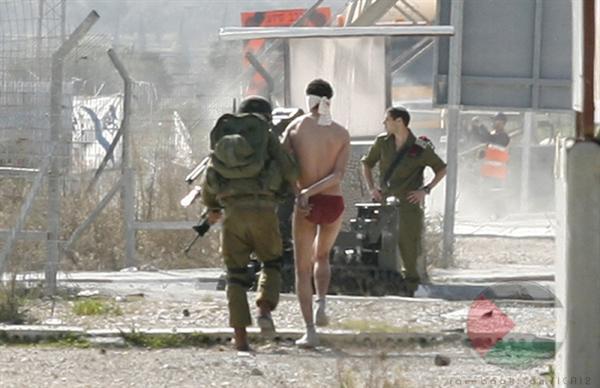Ramallah, 19 December 2011 – On 18 December, 550 Palestinian prisoners were released in completion of the second phase of the prisoner exchange deal concluded by the Israeli government and Hamas authorities on 11 October. In contrast to the first phase of the prisoner releases, which saw 477 mutually agreed upon prisoners released on 18 October in exchange for captured Israeli soldier Gilad Shalit, Israeli authorities selected the names of the 550 prisoners released in this phase.
Sixty-five percent of the prisoners were due to be released by the end of 2012, including 100 prisoners with release dates in December 2011 and January 2012 alone. Moreover, only 6 of the 11 women in Israeli detention were released, despite agreement by Israel that all female political prisoners would be included in the exchange. Beside, 74 percent of the released prisoners had sentences of 5 years or less. In addition, only 55 children of the more than 159 children in Israeli detention were released. With the exception of two prisoners arrested in 1999, all of the released prisoners were arrested during or after the Second Intifada, leaving 122 Palestinians arrested before the signing of the 1993 Oslo Accords still in Israeli prisons.
Though the release is notably a cause of celebration for the families of released prisoners, there are at least 4,420 Palestinian political prisoners that remain in Israeli prisons, according to Israeli Prison Service statistics from 1 December, which does not take into account the additional average of 5 daily arrests occurring over the past few weeks. Israel continues to use sporadic prisoner releases to achieve short term political gains, rather than making any attempts to genuinely solve the prisoners’ issue.
As shown in this inhumanity photo, the Israeli occupation soldiers stripped, blindfolded and handcuffed Palestinian youth at the Huwara checkpoint near the West Bank city of Nablus on December 20, 2011.
Second Phase of Prisoner Exchange

